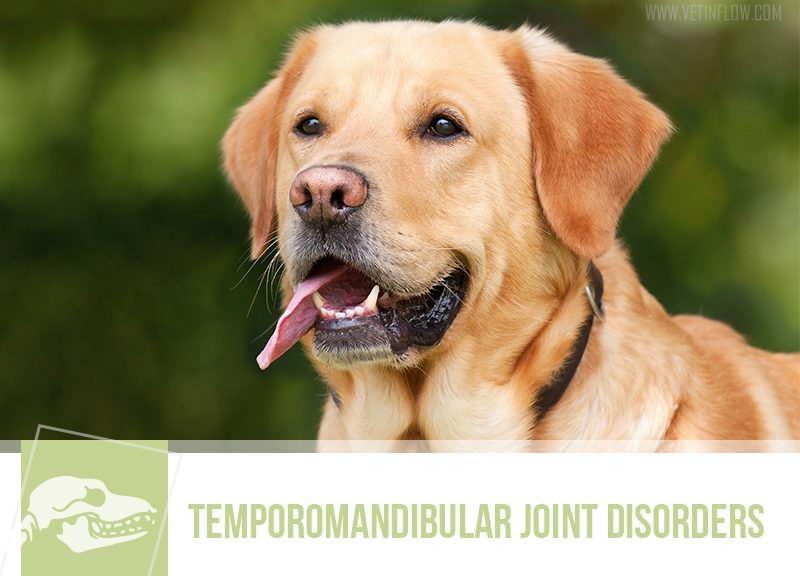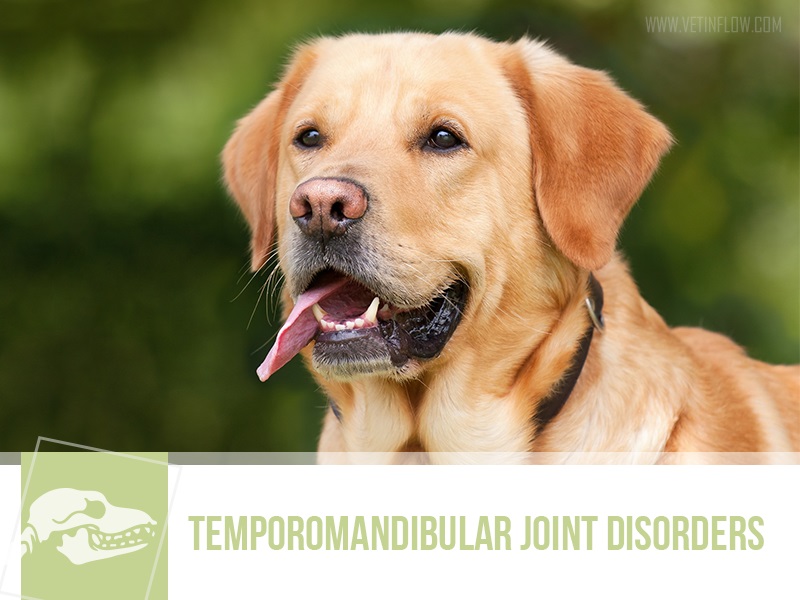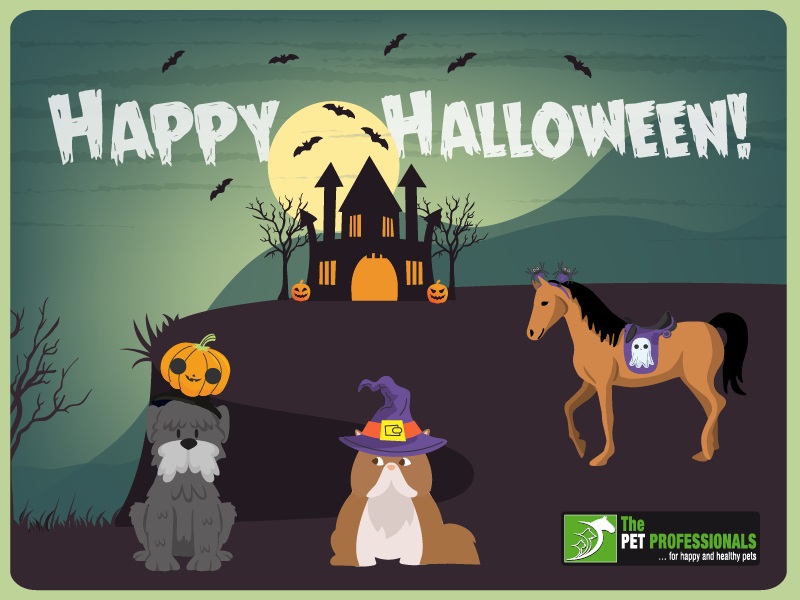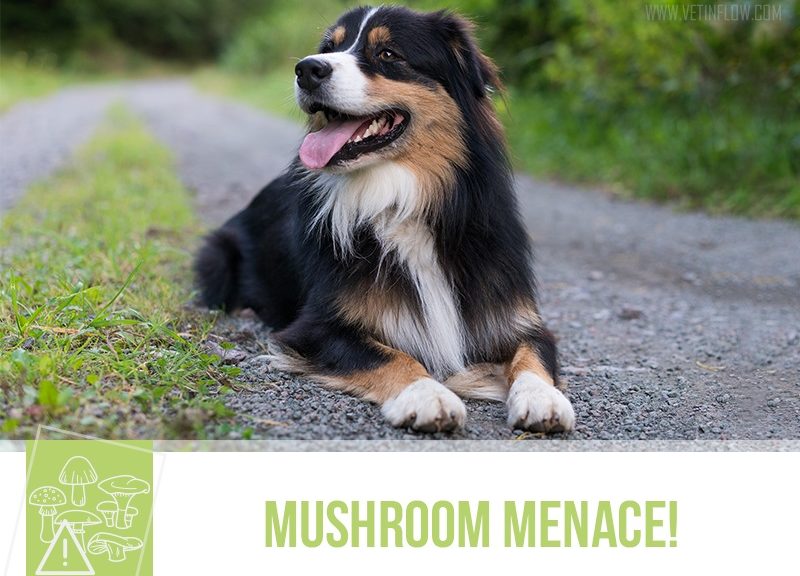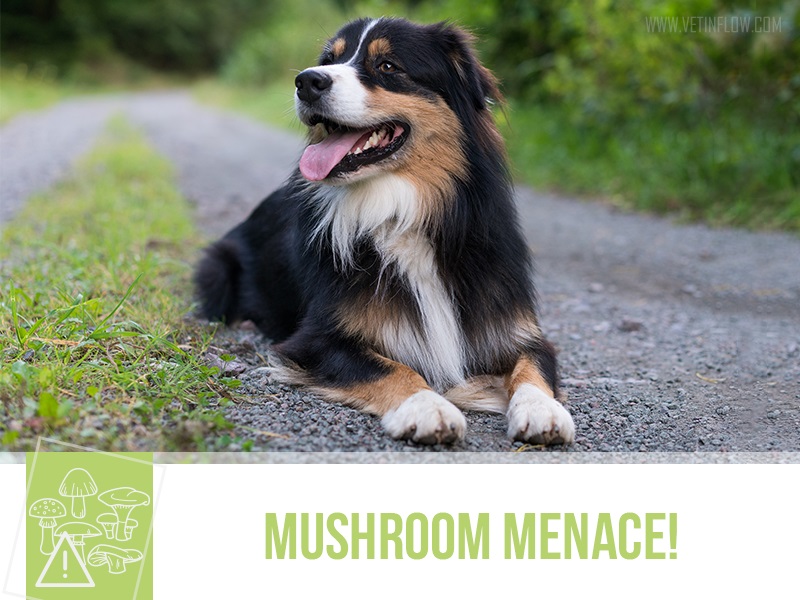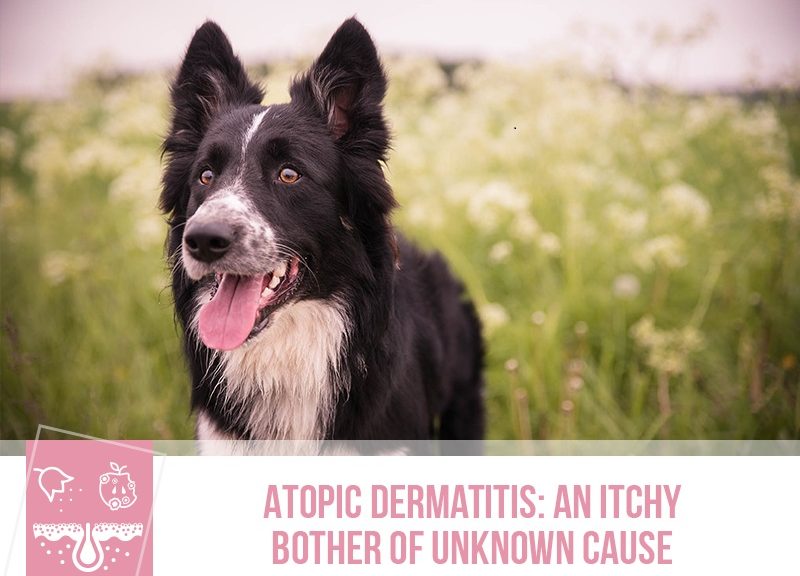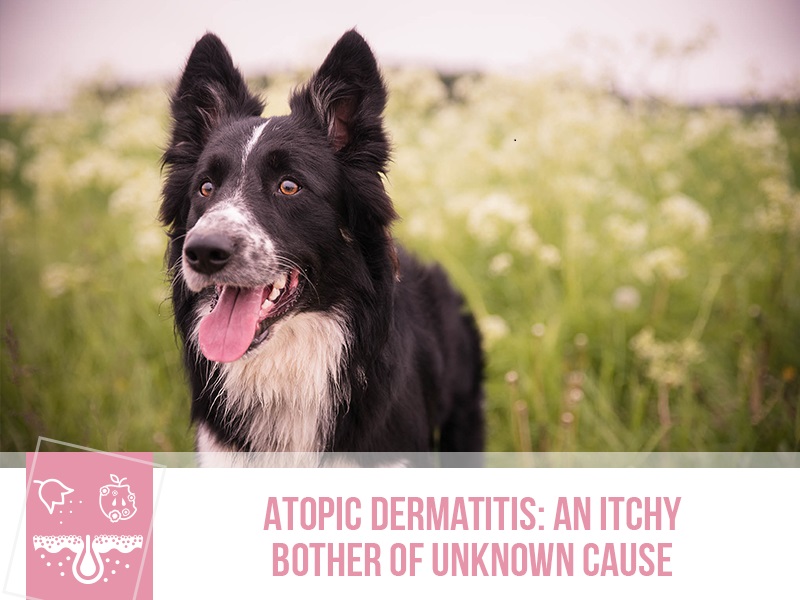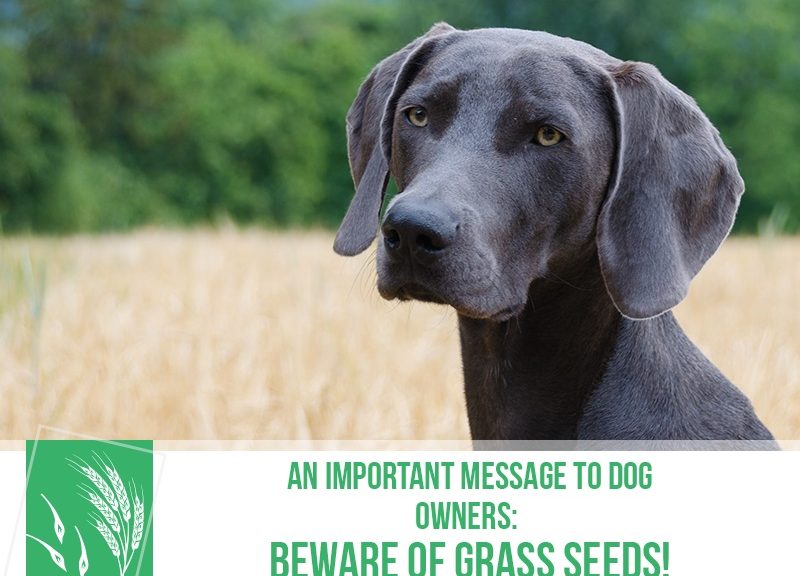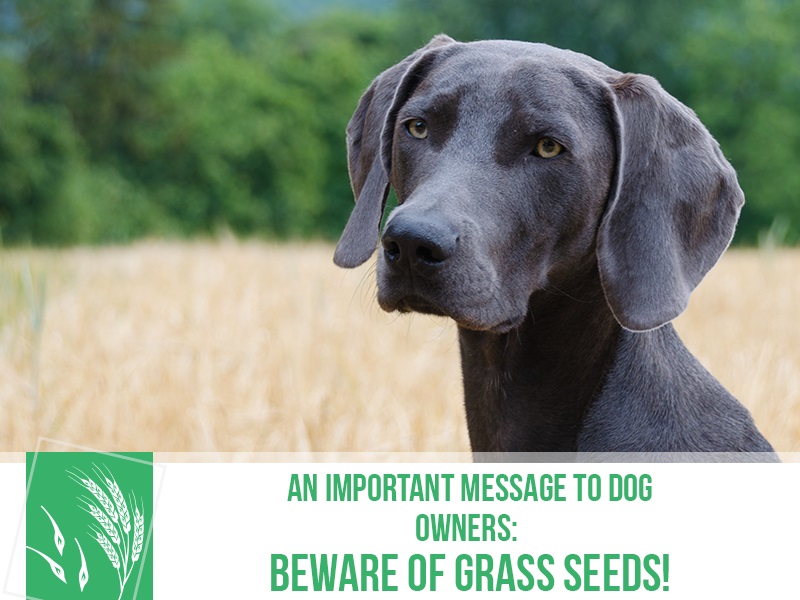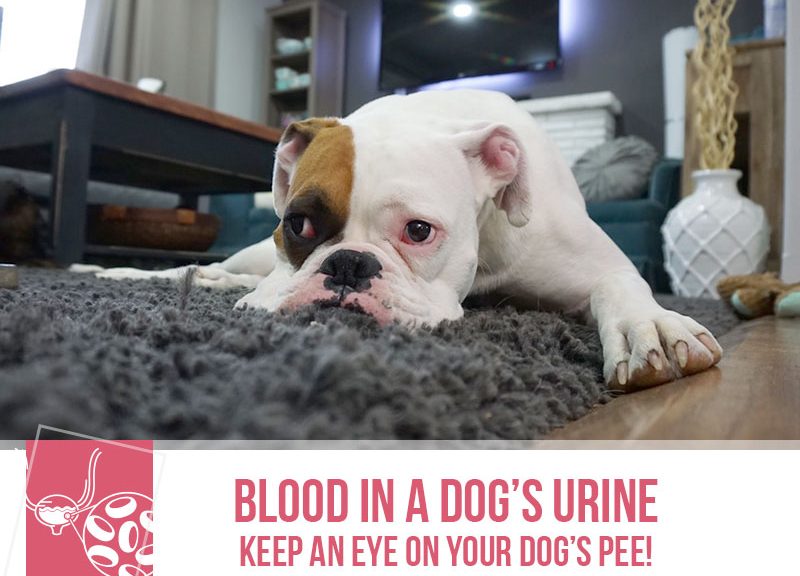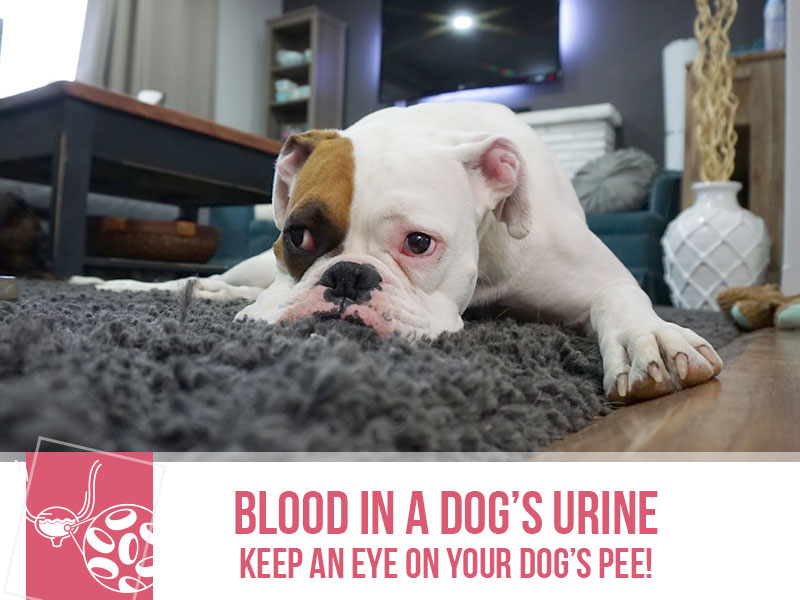Some of us might be familiar with temporomandibular joint issues in humans, especially because they are particularly annoying and might even hinder our capacity to eat properly but did you know our dogs can also suffer from this problem?
Pretty much in the same way we can have pain, difficulty biting and closing or opening our mouth, our dogs can also have these same signs.
Depending on the cause, it can present in many different ways:
• Pain when eating;
• Difficulty opening or closing mouth;
• Excessive movement of the jaw, especially laterally;
• Crackling noises when yawning, eating or vocalizing.
Any dog regardless of age, sex or breed can have temporomandibular joint disorders, however specific causes of joint disorder are more frequent in certain groups of animals. One such form is called open-mouth mandibular locking, where a bone protrusion in the jaw locks in with the zygomatic arch, and we know this happens in more in Basset Hounds and Irish Setters.
Other risk factors that make animals more likely to suffer from this sort of joint disorders are young and free roaming animals because of injuries, animals that carry heavy objects in their mouth and animals that are at risk of an auto immune disease of the muscles responsible for chewing.
Think your pet might be suffering from issues in their Temporomandibular joint? Give your vet a call and they will be able to discuss your dog’s case as well as advise on the best treatment!
Would you like to know more about dogs? Check our Canine Courses:
![]()
